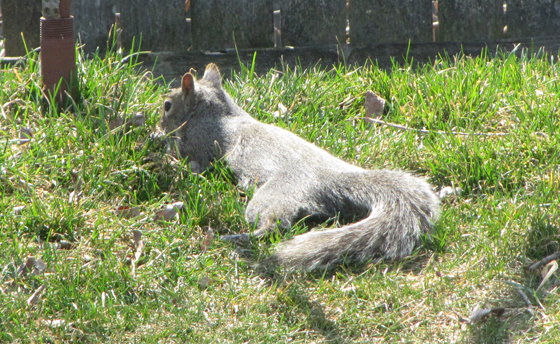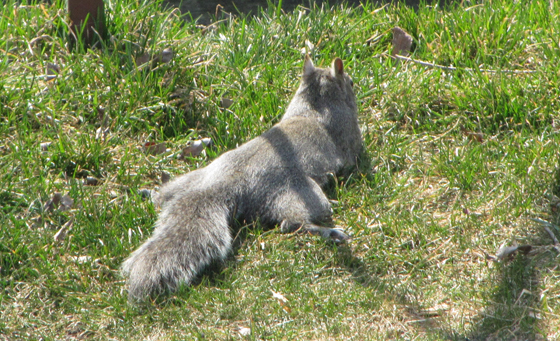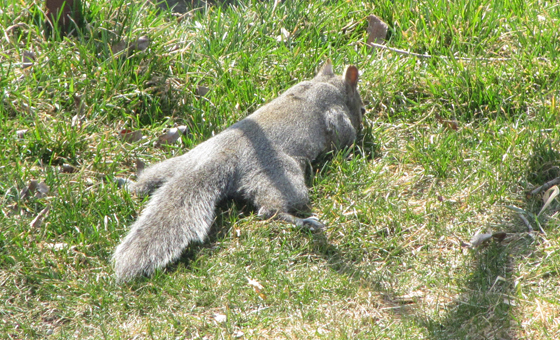Looking for injured birds in Chicago
Posted on April 15th 2010 by Arthur in Birds, Chicago, NatureOn the last few Thursdays we have been volunteering with the rescue and recovery of injured birds in downtown Chicago. We do this with Flint Creek Wildlife Rehabilitation, which organizes rescue and recovery twice-yearly for 10 to 12 weeks during bird migration.

Chicago skyline via Flickr
Thousands of birds strike Chicago’s tall buildings every year as they migrate through the city. The stunned birds fall to the ground where they lie unconscious and risk being eaten by gulls, stepped on by pedestrians or dying from their injuries. Teams of volunteers go out every morning during migration to look for injured birds. They probably only find a fraction of the birds that hit, as many of them will fall on awnings, ledges and rooftops. Fortunately, about 90% of the birds rescued by volunteers from Flint Creek recover after treatment and can be released back into the wild. This is a great program.
Another city that I know of with a similar program is Toronto, where since 1993 FLAP volunteers have picked up over 44,000 birds from 162 species!

Our team salvaged and rescued several American Woodcocks in the last few weeks
(photo via Flickr)
Today was our fifth time. We got up at 3:45am, left the house at 4:00am and arrived in Chicago at 5:00am. It is nice to see that many of the buildings in Chicago have their lights turned off during these migration months, which is an effort that has helped reduce bird strikes in the last few years. We drove and walked around Chicago’s downtown loop until about 7:30am today. It’s a large area to cover, so we run around a lot, with our large net, flashlight and backpack full of paper bags. Amy and I also carry walkie talkies which makes it easier to split up and cover different parts of a building and stay in contact.
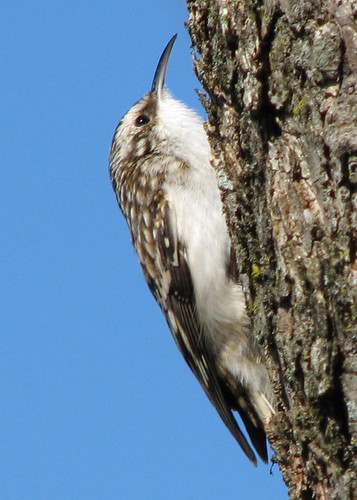
Volunteers have also been finding a lot of Brown Creepers these last few weeks
(photo via Flickr)
We try to do the buildings that we have to check along the Chicago River before the sun comes up and the gulls come out, as they are known to snatch up injured birds right in front of rescue volunteers!! Flint Creek has provided us with maps of the City. There are over 125 buildings on the map marked in pink, and these are the buildings that we need to check. This is a huge area, so we’ve split the area up in three parts. Amy and I do one part and two other volunteers do the other areas.
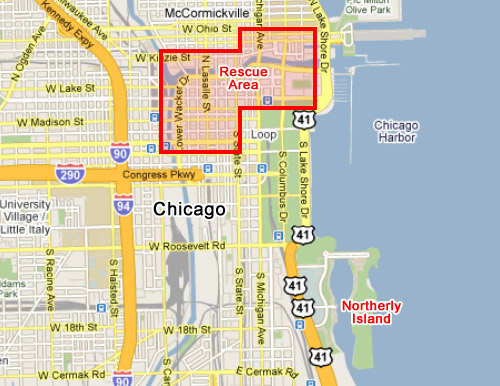
Flint Creek has two locations in the suburbs and a facility at Northerly Island. This last place is only a 10-minute drive from downtown (see map above), which is great for the birds! Timely treatment is important to survival rates and bringing them to this nearby location increases their chance of survival. After finishing our route we call our two teammates and check if they found anything. If they did we swing by their locations to pick up any bags with birds and then head to Northerly Island, where a triager takes care of them.
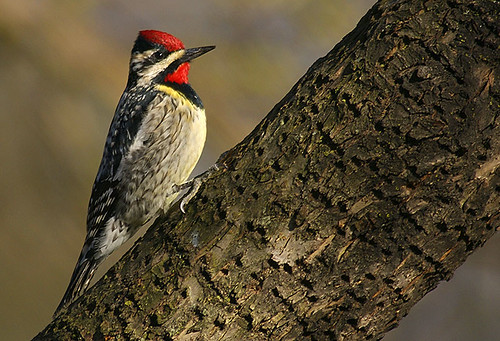
Yellow-bellied Sapsucker (photo via Flickr)
This morning we found a live Yellow-bellied Sapsucker (see above) and dead Palm Warbler (see below). Fortunately, we have not found so many birds yet on our days. I don’t know whether it’s still too early in the season, if it’s the weather or if we haven’t been looking in the right places. In any case I’m happy when we find less birds as that means more birds made it through Chicago without hitting buildings.

Palm Warbler (photo via Flickr)
For more information about rescue and recovery in Chicago see the Flint Creek website. For the Toronto program see FLAP.org.


